

We are certified by the American Heart Association to teach (ACLS,BLS,PALS,Cardiopulmonary Resuscitation)
Tag Archives: Training Services

CPR Certification in Rockville: Everything You Need to Know
CPR training should be considered mandatory. CPR knowledge is vital as most cardiac arrests take place outside hospitals. Without immediate assistance, victims could suffer brain damage or die as a result. How to Become Certified CPR certification ca...
Read More ›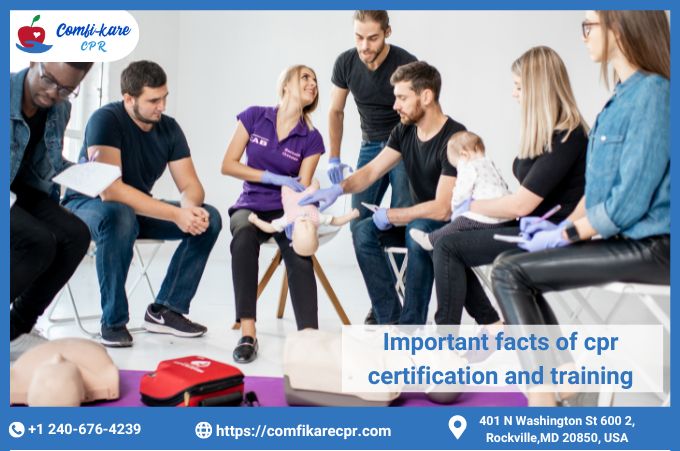
Important facts of CPR certification and training
Do you remember the last time someone you know had to face breathing issues? Well, this is when CPR training, or say Cardiopulmonary Resuscitation, comes into the picture. In short, it’s not necessary that only healthcare professionals should know ...
Read More ›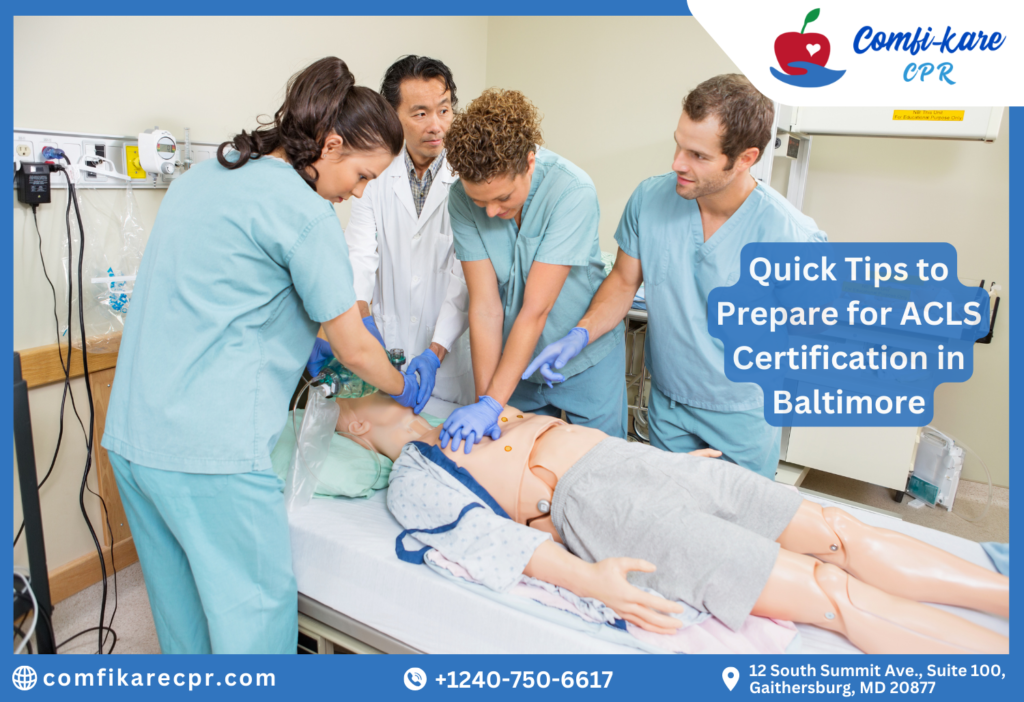
Quick Tips to Prepare for ACLS Certification in Baltimore, MD
If you are a medical professional, there are chances that you may encounter some serious medical emergencies during your profession. This gives you an insight into various kinds of cardiovascular emergencies that require prompt decision-making. There...
Read More ›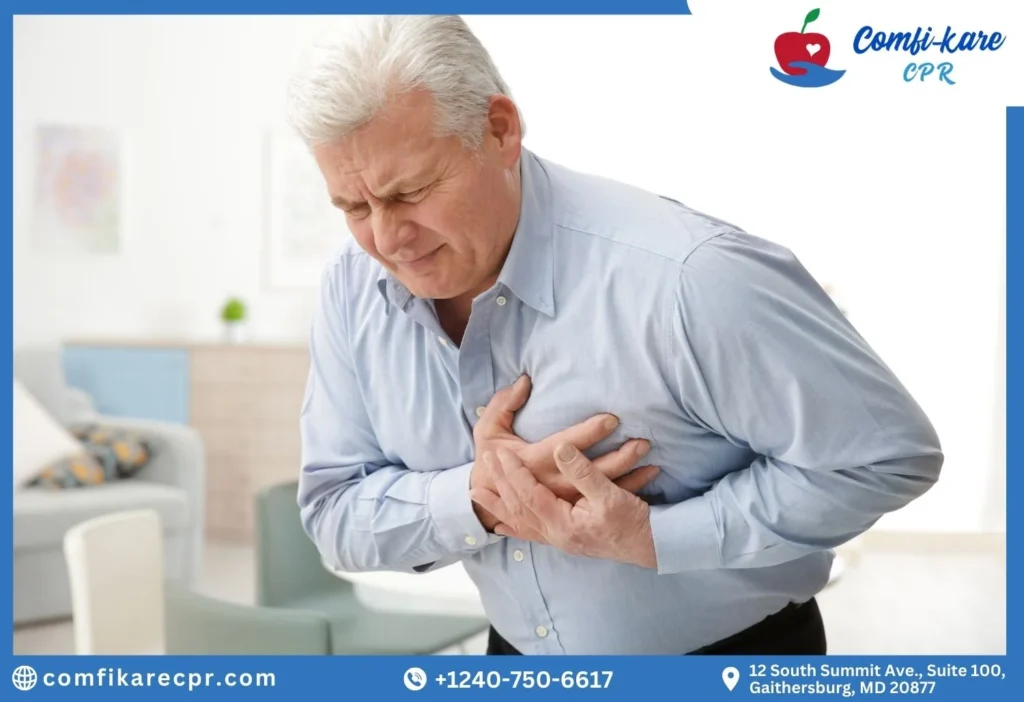
A Quick Guide to Heart Wellness
A Quick Guide to Heart Wellness According to the American Heart Association, recent research has shown that heart attacks increase during the summer and winter seasons. But is there any particular season for cardiac arrest? Let’s find o...
Read More ›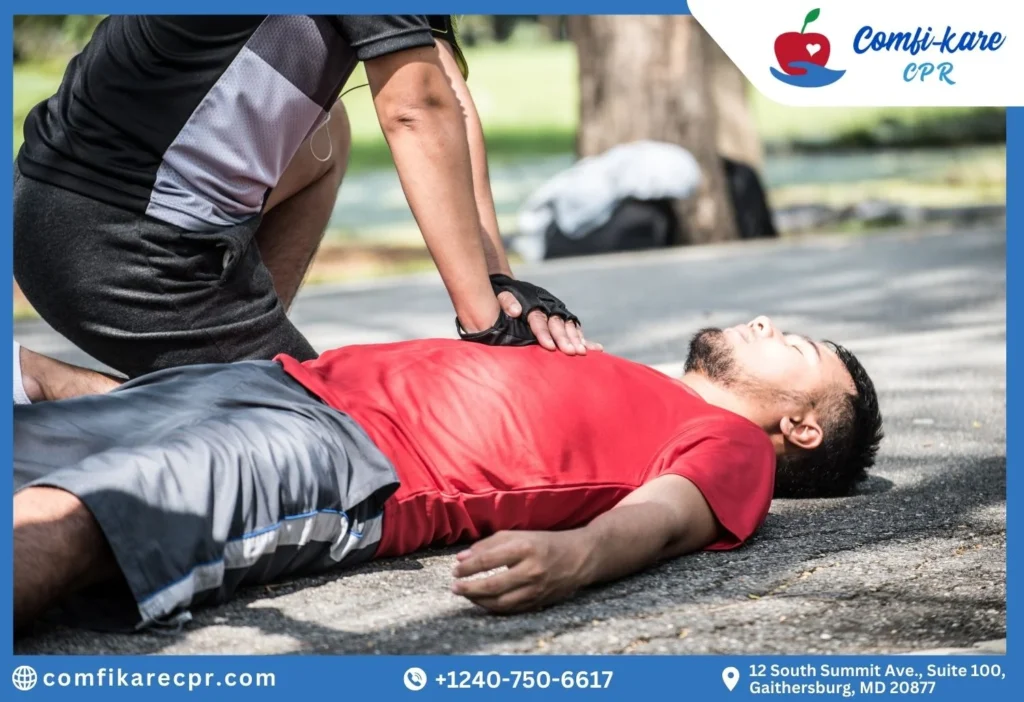
Heart Attack vs. Congestive Heart Failure: Common First Aid Steps
You may remember that in your young days, a little Boo-Boo made you cry, and your mother put first aid on it. It used to get better after a few proper bandages and some ointment. But do you know there are first aid classes in Maryland that teaches us...
Read More ›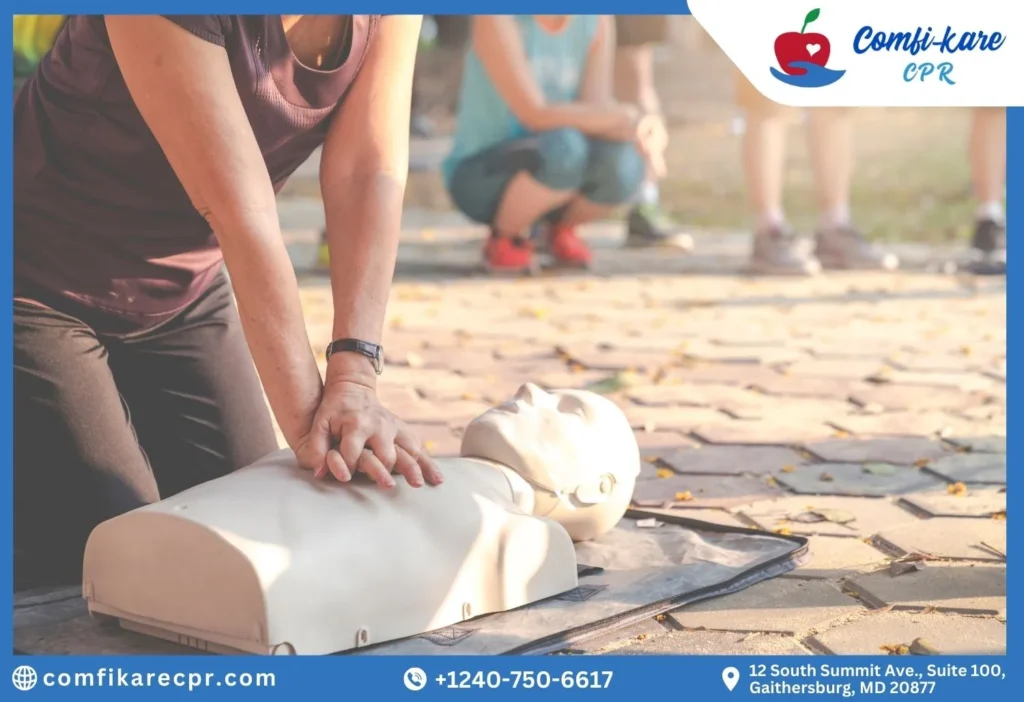
All You Need to Know About ACLS Certification
In a world where we have limited knowledge about the heart, healthcare professionals and experts play a great role in limiting sudden cardiac arrest death rates. With ACLS certification, experts can recognize the symptoms of cardiovascular emergencie...
Read More ›


